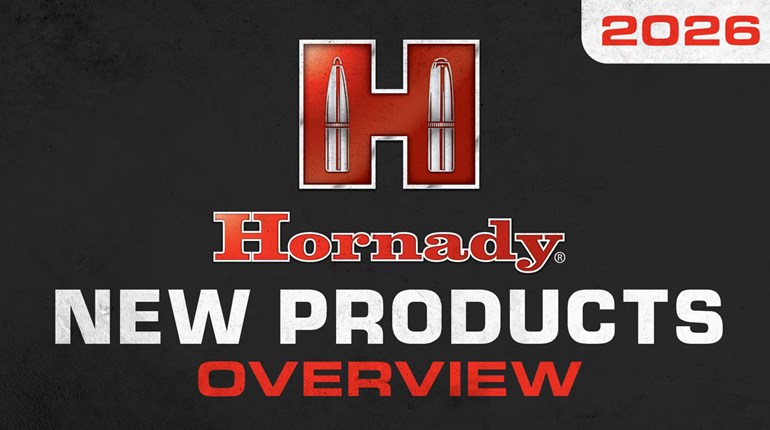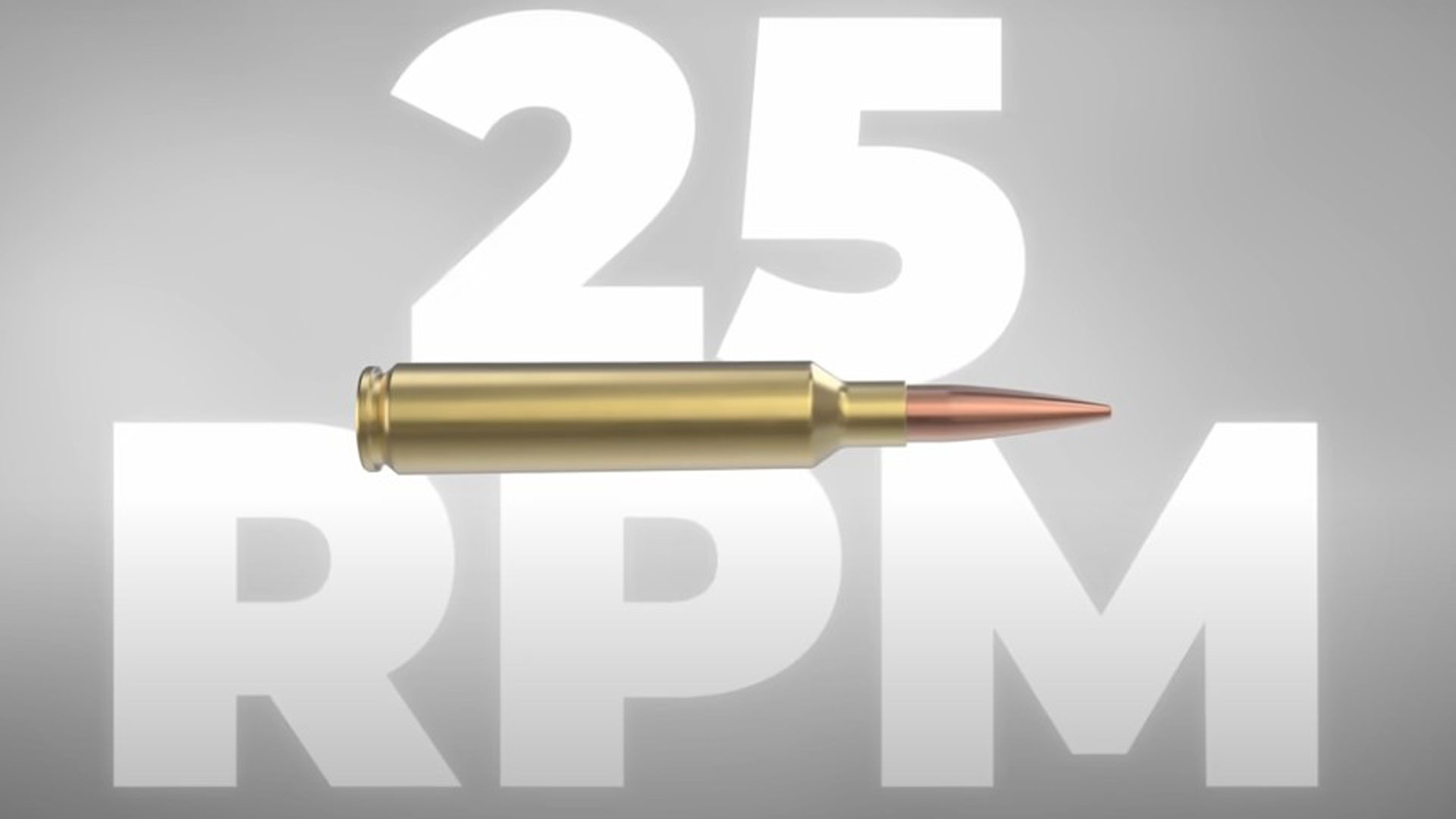
Editor's Note: Executive Editor Adam Heggenstaller recently had the chance to put the following gear to use on a New Foundland moose hunt. You can read that story here.
Western Newfoundland receives about 9 inches of precipitation during moose season. Fog and mist is present nearly every day. Guns and gear need to be weatherproof, because they’re going to get wet. I used the Thompson/Center Compass, a rifle with a synthetic stock unaffected by constant moisture. The Compass is a budget-priced bolt gun with features that belie its $399 MSRP, such as a three-position safety, 5R rifling and a rotary, detachable box magazine. Its barreled action is not stainless steel, but a quick wipe-down each night prevented any rust from forming, which is a good practice when hunting with any gun in Newfoundland.
My Compass was chambered in .300 Win. Mag., an appropriate cartridge for a half-ton animal with massive bones and a thick hide. I used Hornady Superformance ammo loaded with the 165-grain GMX bullet to ensure penetration. The GMX is monolithic and as such offers controlled expansion with high weight retention. I hit my bull high in its shoulder, and the GMX plowed through the entire width of the animal, anchoring it immediately.
Bull moose have dark coats that can make a crosshair placed on a shoulder difficult to see, especially when light is low during periods of heavy overcast. The illuminated center dot in the reticle of the Trijicon Accupoint gave me a bright, high-contrast aiming point no matter the light condition. Since the reticle is powered by fiber-optics and tritium, I didn’t have to worry about batteries in the backcountry. I could adjust the brightness of the reticle by turning a dial on the eyepiece that controlled the amount of light hitting the fiber-optic elements, a new upgrade from the sliding cover on the previous version of the AccuPoint. The 2.5X-12.5X-42mm model I took to Newfoundland remained waterproof and fog-free despite the weather. Same for the 10x42mm Trijicon HD binocular, which I appreciated most for its fully multi-coated fluoride lenses. They let me spot moose more than a mile away in light that was anything but bright.
Browning Hell’s Canyon Speed Backcountry clothing kept me comfortable in the near-constant mist and wind. The quiet soft-shell’s ATACS Foliage/Green camo pattern melted into the vegetation. During steady rain I covered up with the lightweight, waterproof Sitka Dewpoint jacket and pant, and on the colder days I added the heavy wool Sleeping Indian Highline shirt.
It seemed like I was standing in water for most of the hunt even though the terrain varied from soggy bogs to rocky hillsides—all in a single day’s 5-8 mile hike. I left the rubber boots at home in favor of the increased support offered by the Danner Pronghorn. To guard against topping the 8-inch Gore-Tex boots when my feet sunk into holes, I paired them with Sitka Stormfront gaiters.
I carried my gear in the Mystery Ranch Metcalf pack. Its Guide Light frame, telescoping yoke that promotes perfect torso fit and load-cinching straps make it comfortable to carry even when its 4,333 cubic-inch capacity is full.
Shane Mollon of Next Ridge Outfitters operates remote moose camps that quickly start to feel like home. He handles all the logistics of helicopter transportation for hunters, their supplies and any moose they kill, so all you have to do is hunt.




































